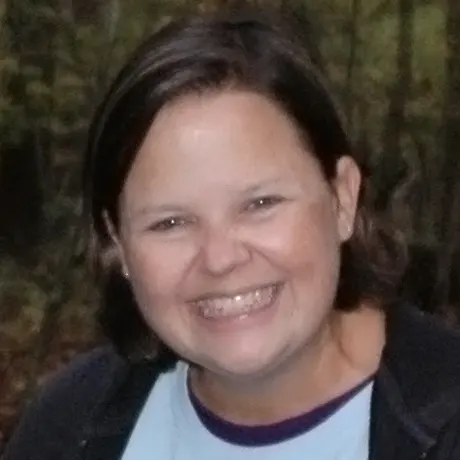Now I get what it’s like to have ADHD
Ever wonder what ADHD is like for your child? Hear from a mom who tried an ADHD simulation that finally helped her understand her child’s struggles.
I’ve always thought of myself as pretty good at putting myself in other people’s shoes. But once I became a parent to a child with ADHD, I started to question that.
Our 10-year-old son was diagnosed with ADHD when he was 8. He was never constantly in motion or always running around, so ADHD seemed like a surprise to me at first.
However, he did have trouble sitting still for long periods. And while he could focus for hours on building with Legos, he would rarely stay at the dinner table for a meal. He was impulsive and would grab things out of his younger brother’s hands. We disciplined him. But consequences didn’t seem to faze him much or change his behavior.
It was the school setting that really started to magnify his attention challenges. He had trouble staying focused on the lessons being taught. And just like at home he struggled to sit in class without moving around or fidgeting. Nightly homework became a huge challenge for him (and for me).
After he was diagnosed, I read everything I could about ADHD. I was surprised to learn that ADHD affects far more people than I ever imagined. Somehow knowing that our son wasn’t the only one with these challenges gave me a bit of comfort.
Yet even as I learned more, I still had a hard time understanding what he was going through. I’d lose my patience with him when it seemed like he was ignoring what I was saying. Then I’d get mad at myself for being upset with him.
As a child, I loved board games and large gatherings. But he was rarely interested in these things — and sometimes even uncomfortable with them. That really confused me.
Thanks to the internet and social media, I had access to dozens of helpful articles about how to support and parent a child with ADHD. But the mass of information felt like too much. The more I tried to read, the more I became overwhelmed.
I had learned about ADHD, but I still wasn’t able to truly put myself in my son’s shoes.
During one of my late-night worry sessions, I was searching online and came across Understood’s Through Your Child’s Eyes tool. I liked Understood because it was simple and clear, so I thought I’d try the tool.
I selected my son’s grade and “attention issues.” The tool then led me to a simulation of what it’s like to be a child with ADHD. I spent time doing a simple matching game, where I was supposed to place zoo animal cards on each other. But there were noises and distractions that simulated what it’s like to have attention difficulties.
For a few minutes, I was transported to a classroom of a frustrated young child with ADHD. It became harshly evident to me just how hard it is to stay focused and to complete tasks — even simple ones — when you have ADHD.
For the first time, it clicked for me. When my son looks like he’s not paying attention, he’s actually doing his best to pay attention to only one thing at a time. Many day-to-day tasks, which seem easy to me, are incredibly difficult for him.
I found myself trying out the other simulations in the tool to see what it’s like to have challenges with math, reading, and organization. The exercises were eye-opening. These kids struggle in a way many parents, including myself, just don’t understand.
In the months that followed, I tried to get more in tune with the challenges our son faces every day with just about every task. Slowly, I’ve become a more patient and understanding parent. I’ve become more sensitive to how our son benefits from specific strategies. For instance, it helps if he has more time to transition from task to task. And it’s so important to choose the right setting for him, whether for play or learning.
I wish everyone could take some time to see what life is like through the eyes of kids with learning and thinking differences. Wouldn’t the world be a more welcoming place if we all took some time to try and walk in a child’s shoes? Sometimes all it takes is a simple online simulation.
Try Through Your Child’s Eyes to experience what it’s like to have learning and thinking differences. And find out what to do if your child was recently diagnosed with ADHD.



